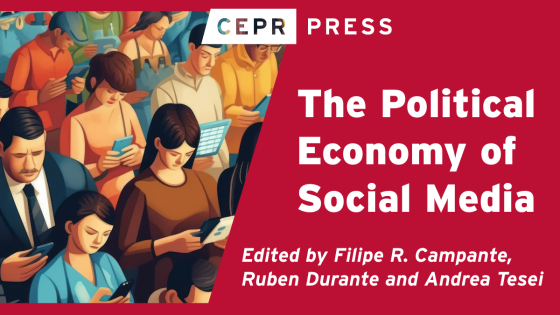DP12347 Does population diversity matter for economic development in the very long-term? Historic migration, diversity and county wealth in the US
Does population diversity matter for economic development in the long-run? Does the impact of diversity differ over time? This paper traces the short-, medium-, and long-term economic impact of population diversity resulting from the big migration waves of the late 19th and early 20th centuries to the United States (US). Using census data from 1880, 1900, and 1910, the settlement pattern of migrants across the counties of the 48 US continental states is tracked in order to construct measures of population fractionalisation and polarisation at county level. Factors which may have influenced both the individual settlement decision at the time of migration as well as county-level economic development in recent years are controlled for. The results of the analysis show that high levels of population fractionalisation have a strong and positive influence on economic development in the short-, medium-, and long-run. High levels of polarisation, by contrast, undermine development. Despite a stronger effect on income levels in the first 30 years, these relationships are found to be extremely long-lasting: counties with a more heterogeneous population composition over 130 years ago are significantly richer today, whereas counties that were strongly polarised at the time of the migration waves have endured persistent negative economic effects.


